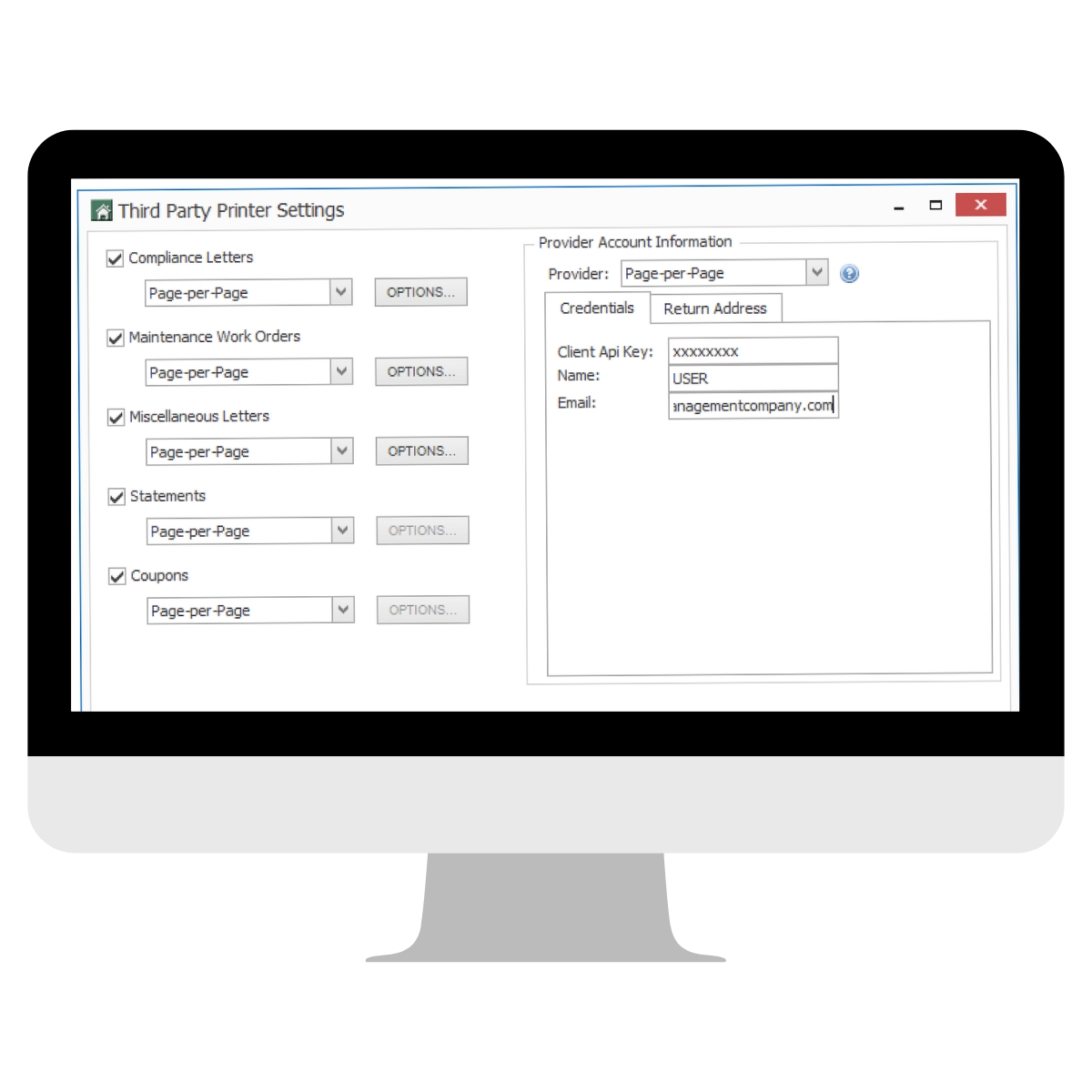In an age where people communicate through emails and text messages, it is easy to dismiss direct mail as a thing of the past. But surprisingly, direct mail has been proven as an effective way for brands to reach out and connect with their target markets. The ANA/DMA Response Rate Report for 2018 showed that direct mail response rates ranged from five to nine times greater than e-mail, paid search, or social media.
Direct mail can give businesses a great return on investment, regardless of company size. However, the results still hinge on direct mail best practices. Below are some of the tactics to consider when utilizing direct mail marketing.
1. Be Personal
Prospective and current clients are unique, so you should treat them that way! Gather up any existing and prospect data you have and personalize your direct mail campaigns. There are several ways to make your customers feel like you’re talking to them directly:
Use Their First Name
Using your customer’s first name is a great way to make things feel less formal. Address them directly throughout the entire piece to make them feel important.
Mention Prior Purchases
Referencing former purchases the recipient made is a great way to show you’ve done your homework and value them as a customer. It also might capture their interest and entice them to continue reading the offer in full.
Utilize Relatable Images
Consider using photos of your company or use images that are relevant to your target audience. For example, if you’re targeting a family-oriented audience, it might make sense to include photos reflecting that. You can use sites like Shutterstock to license the use of hundreds of thousands of different images if you don’t have your own to use!
2. Provide Thorough Messages
Direct mail should not only be personalized; it should also contain customer-focused information. After all, studies have shown that customers spend more time reading a piece of direct mail such as flyers and brochures than a digital ad like on Facebook or an email.
This means you should include all the information that your target customers need to make a decision, like:
- Using clear and attractive images to get their attention
- Incorporating text and graphics to convey the right message about the product or service
- Having a clear call to action (CTA), such as visiting a specific landing page on your website or calling a certain phone number
Try to avoid using fluffy language that will just distract your customers from the main point of your direct mail piece. They don’t need any filler information to make a decision!
3. Integrate Campaigns Across Different Channels
Continuity is everything when it comes to marketing campaigns. This means going beyond putting your logo on marketing materials. Having the same tone of voice in the messaging helps the brand build credibility, enhance customer loyalty, and earn the trust and recognition of prospective customers.
Continuity also means avoiding the ‘one and done’ approach. Stay at the forefront of your prospect’s mind by sending them information more than once through more than one marketing channel. In short, utilize the same approach for direct mail, social media, and paid media marketing.
4. Time it Perfectly
Ever heard the saying, ‘timing is everything?’ It applies to your direct mail strategy too. Timing can have a major impact on response rates. For example, say you’re sending a flyer to announce a big sale, sending it too soon could mean the recipients may forget. Alternatively, sending it too late could mean the recipient can’t take advantage because they’ve already made plans.
Utilize market research (through a quick Google search or two) to understand the purchasing behavior of your target audience. Use that information to time your direct mail piece perfectly. Also make sure to be mindful of any upcoming holidays!
5. Capture & Analyze the Results
Like other marketing initiatives, direct mail is only as effective as its results. There are many metrics to use in measuring or determining the success of a direct mail campaign. The most common is the return on investment (ROI) calculated by dividing the total money generated by the total money spent on the campaign. You may also determine direct mail success by considering other metrics like response rate and cost per action.Once you have the results, you will have the data to support future campaigns. You can also utilize the initial results to conduct A/B testing to help determine if other strategies are more beneficial and improve the overall outcome.
Use an Experienced Printing Partner
When you follow the best direct mail practices, like the ones above, they can contribute significantly to the success of a company’s marketing efforts. As you may know, creating a direct mail marketing strategy takes a lot of effort. Page Per Page has decades of experience that will help you drive the highest ROI for your campaigns. Whether you’re starting from scratch or already have a few ideas, Page Per Page does all the printing and mailing heavy-lifting, so you and your team don’t have to!





